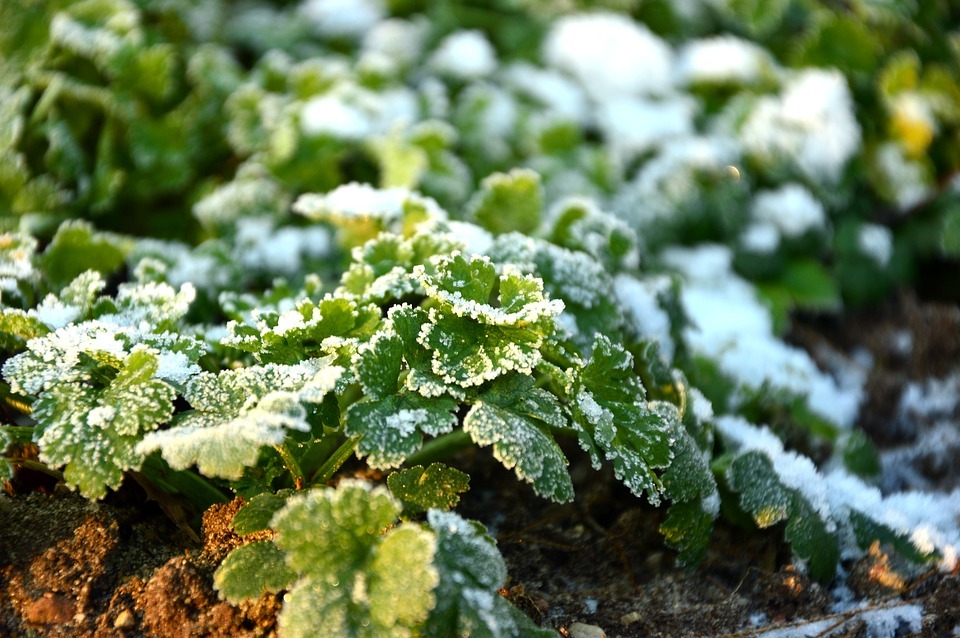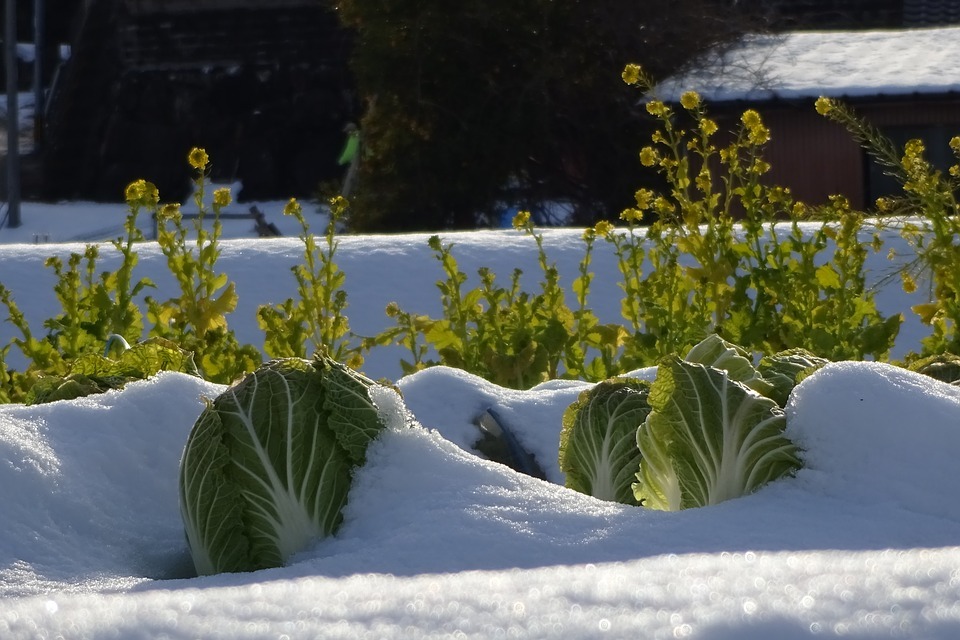Plants thrive best when they are planted in their season. A winter plant will hardly grow in summer and vice versa. You might perhaps think that it’s more challenging to grow vegetables in winter because of the absence of enough sunlight.
Some regions have longer winter. If you live in an area with cold and snowy winter, it is not a hindrance to letting you grow vegetables and enjoy a fresh supply of vegetables for your soup, omelet, or salads. You can enjoy a homegrown harvest from your garden year-round.
One of the keys to a successful winter harvest is to know the right vegetables to grow during the season and pair them with the right season extenders. You can grow cold-tolerant plants in structures like cold frames, greenhouses, polytunnels, and mini hoop tunnels.
Besides the heated greenhouse, there are simple season extenders and techniques that can take your garden from summer to fall to winter. Perhaps, you’re already a winter gardener and have planned and planted for the cold season? Or maybe you’re a newbie to season extending. Here are some easy and practical ways to help you grown plants and harvest into winter.
ESSENTIAL TO GROW VEGETABLES IN WINTER
Know your area’s USDA Hardiness Zone
This will help you identify information in your area. Low temperatures typically fall in an average winter. By this, you can choose which crops you can grow unprotected.
Hardy vegetables like English peas, kohlrabi, leeks, broccoli, and Brussels sprouts can tolerate hard frosts (25 to 28° F). However, in some other areas, a gardener or farmer might need to provide frost protection for their vegetables.
A trio of hardy vegetables such as kale, mustard green, and spinach can tolerate temperatures from the upper 10s to the low 20s. In regions with mild winters, like the Pacific Northwest, Southeast, and Southwest, hardy vegetables thrive outdoors all winter long.
Semi-hardy vegetables tolerate light frosts (29 to 32° F). These veggies include a host of healthy greens, including leaf lettuces, arugula, Asian greens, endive, and Swiss chard. Beets, carrots, rutabaga, radicchio, and savoy cabbage also fit into this category. These vegetables thrive outdoors all winter long in the mild-winter regions of the Pacific Northwest, Southeast, and Southwest.
In zone 7 to 10, it helps plant winter vegetables during October as they need a solid start before winter arrives. Once cold, dark days settle in, plants won’t grow best like they do in the summer months.
Tools Needed
Tools for gardening in summer are just the same as the ones needed when gardening in winter. You need specialized digging equipment such as forks, trowels, and hoe to tackle cold, hard, and compacted soil. Use thermal gardening gloves to keep your hands supple in low temperatures. One important thing to be given attention to is the proper storing of these tools during the cold, freezing months.
Mulching is a perfect season extender, perhaps the cheapest way to grow fresh vegetables in winter. Mulch crops like carrots, beets, and parsnips. You can provide mulch in late autumn, before the ground freezes, by covering the bed with a one to a two-foot thick layer of straw or shredded leaves and top with something like a row cover to maintain the insulation.
VEGETABLES TO PLANT DURING WINTER
Carrots
To know when is the best time to plant carrots, count backward from the first frost date in your area. (Plants don’t germinate or grow well in cold, low-light conditions. So, it would be best that your carrots have an established growth before frigid temperatures set in.) You can see the maturity date of the plant in their packets. Count backward from the first frost date in your area. For example, the average first frost date happened on October 20, and heirloom ‘Danvers 126’ carrots need 75 days of growth before harvest.
You can also try planting some fast-maturing variety like Adelaide, which can be sown as early as November in the greenhouse and as late as July outdoors. You will have an exceptionally early crop of carrots in spring.
Lettuce
Plant lettuce between August to November. Provide shallow rows, and it is good, so sow fortnightly for a continuous crop; this will give you an abundant supply of this one of the most favorite vegetables. You can cloche the small plants during cold weather.
Kale
Kale usually thrives in regions with mild winters. However, during cold winters, with proper care and protection, such as providing a cold frame or hoop house, they can also produce sweet, tender leaves long.
Spinach
One of the best ways to grow spinach is to plant them a little later, in September, so that they are established, bear one light harvest of baby greens in late fall, and then transition into its semi-dormancy state through the dark days of winter.


